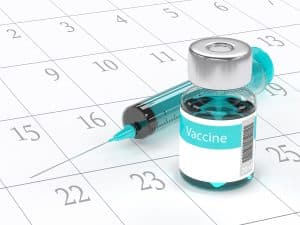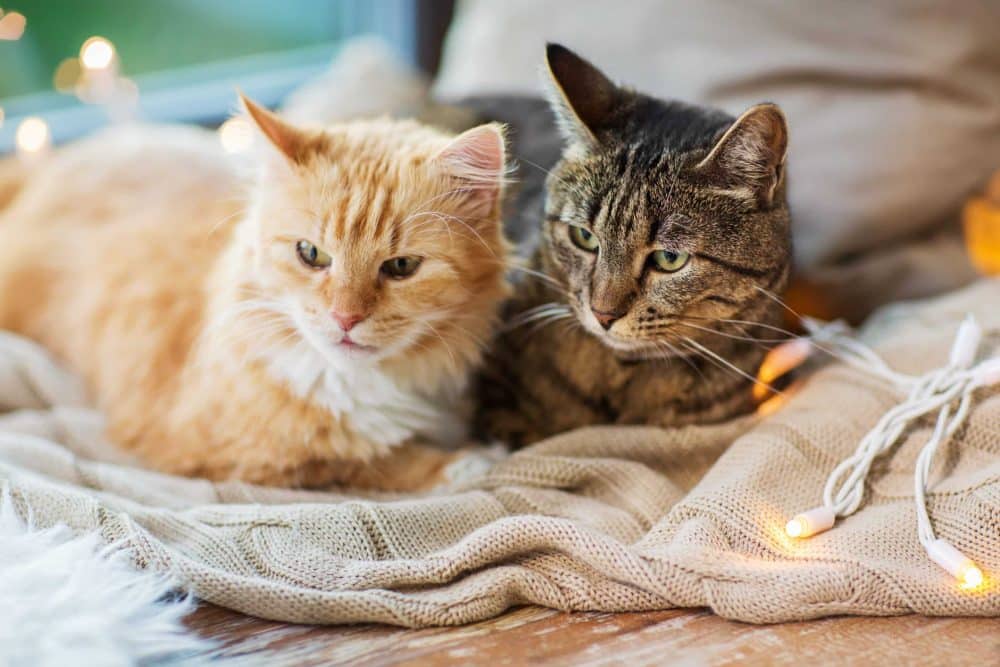Minimizing Feline Vaccination Risks
What You Need To Know When Vaccinating Your Cat (Part 3)
The goal of vaccination is to create immunity in response to an infectious disease risk. In this 5 part series, we’ve talked about Immunity vs. Vaccination and Vaccination Risks. The next tool for your “decision toolbox” is learning about Minimizing Feline Vaccination Risks.
Minimizing Feline Vaccination Risks
Things you can do to minimize feline vaccination risks include:
Titer Testing to Evaluate Immunity:
Blood tests are available to measure the level of antibodies a cat already has against several of the commonly vaccinated-for infectious diseases. The usefulness of the titer test varies with the disease in question. A titer test should be considered if there is a reason to think that the test might provide evidence of sufficient immunity and remove the need for a vaccination.
Avoiding Adjuvanted Vaccines:
Adjuvanted vaccines are not only potentially very harmful, but also completely unnecessary, as non-adjuvanted vaccine products exist for every need. ASK your vet; that information is commonly not volunteered. And be prepared to walk away.
Administration of vaccines in surgically removable locations:
If the cat does have a reaction to a vaccine, such as a fibrosarcoma, a limb can be surgically removed and the cat can still survive.
Administration of vaccines without injections:
Vaccine products administered as intranasal drops have two distinct protective advantages. The first is that non-injectable vaccine products do not utilize adjuvants. Second, vaccines grown on CRFK cell cultures produce significantly less anti-kidney antibody when given in a non-injectable fashion. Only a few vaccine products are available in non-injectable forms, however, and not all provide the level of immunity we would like.
Another very good reason for separating vaccines is that the immune system can only do so many things at once.
Separating vaccinations to minimize inflammation:
Each vaccination induces inflammation; multiple vaccines administered simultaneously appear to induce at least an additive, and possibly synergistic, level of inflammation. This creates more negative reinforcement of ongoing systemic inflammatory disease.
Separating vaccinations helps avoid this. A cat who needs two vaccines will be better off if they are administered at least a week apart. This allows time for the inflammation of the first vaccine to subside before the second one is given, and the synergism is less likely to occur.
 Separating vaccinations to maximize response and minimize disease risk:
Separating vaccinations to maximize response and minimize disease risk:
Another very good reason for separating vaccines is that the immune system can only do so many things at once. If you display multiple antigens to the immune system at the same time, the response to each antigen is going to be less than it would have been to a single antigen. Quite possibly enough, but less. Combination vaccines are tested with this in mind and are not approved if the required level of immunity to each included antigen is not reached by the test subjects.
The protection achieved by administering multiple vaccine products at the same time, however, has not been established. The best chance for achieving protective immunity is to minimize the number of antigens displayed to a patient at one time.
Separating vaccine events, unfortunately, mandates multiple trips to the vet. The viability of that for each cat and cat parent has to be realistically assessed and balanced against the clear benefit to be gained.
Not vaccinating a cat with current health problems:
The corollary to the concept of “too many antigens” is the all-too-common practice of vaccinating a cat who already has one or more health challenges. Healing from illnesses creates an energy drain on the body. Infectious diseases and disorders that involve inflammation place a large energy drain on the immune system. Presenting a new antigen to the body of a sick cat has three undesirable results:
- the antigen may not get enough attention to result in immunity;
- the immune system will be distracted from dealing with the current disease process, which may worsen as a result; and
- the new inflammatory insult will worsen existing chronic inflammatory processes.
It says right on the label: vaccines are for healthy animals only. If your cat’s veterinarian identifies a disorder on a routine examination or laboratory evaluation, it is best to resolve the disorder before attempting to induce immunity by the introduction of new antigens.
One huge exception to this rule: Cats who have had a potential exposure to rabies (cats who present with abscesses, fight injuries that may include bite wounds or exposure to a rabid or suspected rabid animal) should be boosted for rabies again immediately, regardless of current state of health, even if their vaccination status is current. Quarantine periods may be required depending on the situation, with additional rabies vaccination mandatory at defined intervals, both during and after quarantine. This is Colorado law, and not optional; in the case of rabies, the potential health risks to the cat are superseded by the concern for human exposure; and even were that not the case, the risk to the cat of dying from rabies far outweighs any of the other concerns outlined here.
Avoiding unnecessary and poor-quality vaccines:
There is a widespread public misapprehension that pets should receive vaccinations every year. Many veterinary hospitals still do this, recommending every vaccine on the market to every animal every year. This is often sold as a “Premium” package, with the idea that if some vaccination is good, more must be better. (WRONG.) You can still get good care at these clinics – you just have to be your own advocate and ask for only what your cat actually needs.
Removing the need for vaccination by limiting exposure:
A great example here is that cats who do not go outdoors are highly unlikely to be exposed to the Feline Leukemia Virus. A low exposure risk created by confinement would render the risks of vaccination unreasonable.
*****
Now that you know about minimizing feline vaccination risks we can look at the fourth tool for your Vaccination Decision toolbox: what you need to know about each of the specific diseases for which we might consider vaccinating, and the factors unique to each of them that we should take into account in our decision process.

Other articles that might interest you.
Immunity vs. Vaccination
Feline Vaccination Risks
Why Dental Work Is Important For Your Cat
Cats Are Not Small Dogs


